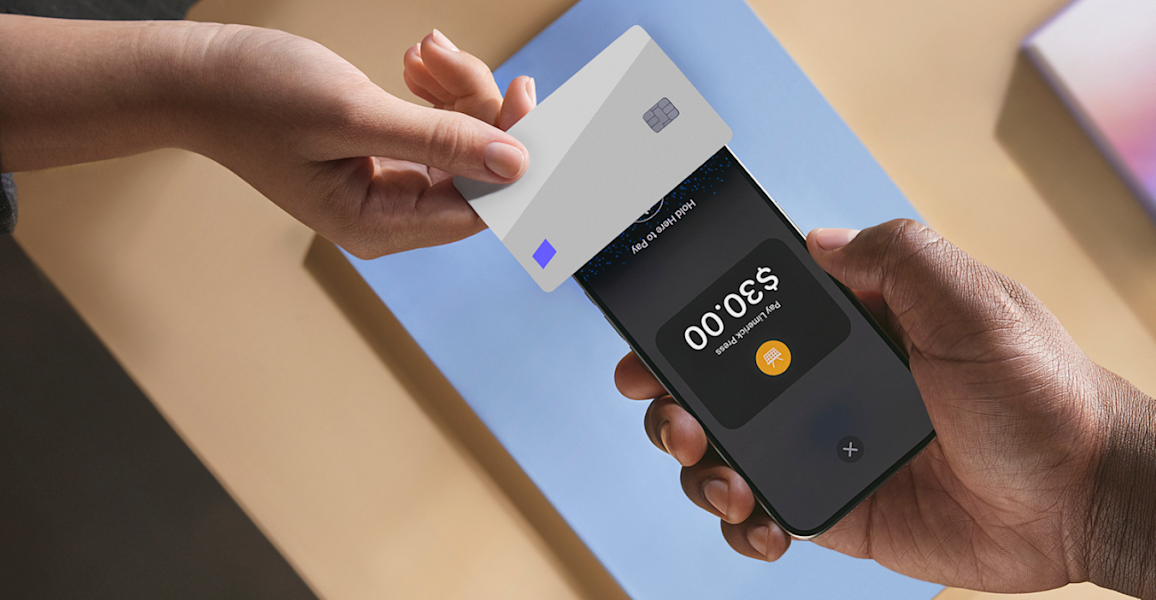Challenge
Samsonite sells a wide range of baggage, including backpacks and suitcases, to customers all across the world. To strengthen its ties with customers, Samsonite’s Japanese subsidiary has been working to improve its CRM and bring certain operations back in-house to pursue a direct-to-consumer business model. As a part of these initiatives, it also implemented 3D Secure 2.0.
“We heard that 3D Secure 2.0 could decrease the conversion rate, but we thought that it was an essential trade-off to protect our brand and customers from fraud,” said Yukiko Tomoda, ecommerce manager at Samsonite Japan. “Our payment processing service also recommended that 3D Secure 2.0 be used for all transactions, so there was really no question about using it.”
After two or three months on 3D Secure 2.0, Samsonite Japan saw a sudden increase in failed payments and several inquiries from customers who had difficulty making a purchase. Although the Samsonite team wanted to investigate this further, they could only do so through a sales representative, and it took a long time to fully understand the situation.
“We saw a huge drop in the conversion rate and needed to react urgently,” said Tomoda. “I decided to adopt Stripe as our payment processing service to improve our implementation of 3D Secure 2.0.”
Solution
Since adopting Stripe, the most significant change has been the introduction of the Dashboard, which provides real-time visualization of payment statuses. This allows for in-depth analysis, including detailed insights into failed payments and their causes, as well as chargebacks for transactions authenticated with 3D Secure 2.0—an area often considered difficult for businesses to navigate.
Samsonite implemented Stripe Radar, an advanced fraud detection system that uses AI models trained across millions of global transactions to help block fraudulent transactions. Radar’s customizable rules make it possible to apply 3D Secure 2.0 selectively to high-risk payments.
“We didn’t have much knowledge to begin with. And honestly, even if we had been told the settings were flexible and customizable, we wouldn’t have known what to do. But the Stripe paid support team guided us through every step,” said Tomoda. “They provided detailed advice on everything—from interpreting the Dashboard to setting up rules. Thanks to their support, we were able to implement the right rules, and once the system was live, the operational burden was almost nonexistent.”
Results
Upon adopting Stripe, the payment success rate rose to 98%. Samsonite was even able to get through the busy Black Friday sales without any increase in fraudulent payments. Stripe’s Authorization Boost feature was a key contributor to this success: it improves payment success rates by retrying failed payments and making several attempts to each card issuer.
By giving the customer support team real-time access to the Dashboard, Samsonite now resolves payment-related inquiries in 15–30 minutes on average, which in turn improves the customer experience.
“In the past, we would only check the situation after receiving an inquiry,” said Tomoda. “Now, we can quickly respond to inquiries by investigating suspicious payments in advance.”
Historically, Samsonite only accepted credit cards issued in Japan, but now it has expanded to include debit cards and foreign credit cards. As a result, the company has seen an increase in orders from abroad, with non-Japanese credit cards accounting for just under 5% of sales. By accepting payments from credit cards that were issued outside of Japan, Samsonite has been able to acquire sales more efficiently than by increasing advertising spend or other activities. As a bonus, Samsonite has also been able to identify the distinctive trends of its overseas cardholders.
“Thanks to the data visualization, we’re able to get a lot of insight that helps us figure out what our next move should be,” said Tomoda.
It is said that 3D Secure 2.0 can reduce conversion rates, but you should know that there are various approaches and countermeasures.

